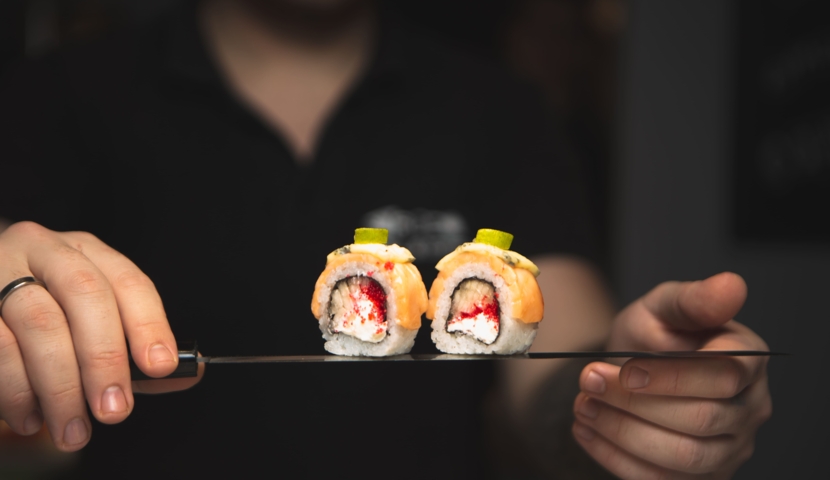The history of sushi and roles

With a history of more than 1,200 years, sushi is said to have come from Southeast Asia. This may come as a surprise to many people, but sushi was originally a canned fish food that was developed among the highlanders of Southeast Asia as a means of preserving fish for long periods of time because it was difficult to obtain often due to its high price. Fish was preserved by marinating it in a mixture of rice and salt for fermentation. Originally, people only ate fish without rice (they threw away the rice!!) and this dish was mostly only available to the upper class.
Sushi in Japan
In 1958, Genroku Zushi, the first conveyor belt restaurant (Kaiten sushi in Japanese), opened in Osaka. The owner of this sushi restaurant came up with the idea after visiting a beer bottling plant and noticing that a conveyor belt could potentially be a solution to serving more customers at once. The restaurant became popular and the system began to be implemented throughout Japan. This revived the popularity of sushi restaurants among the general public.
Later, some of them started offering sushi for 100 yen, which revived the popularity of sushi restaurants among the general public, as good traditional style sushi restaurants are usually expensive. Then, with the appearance of such restaurants, other types of sushi besides raw fish began to appear - for example, sushi burgers or other types of meat.







